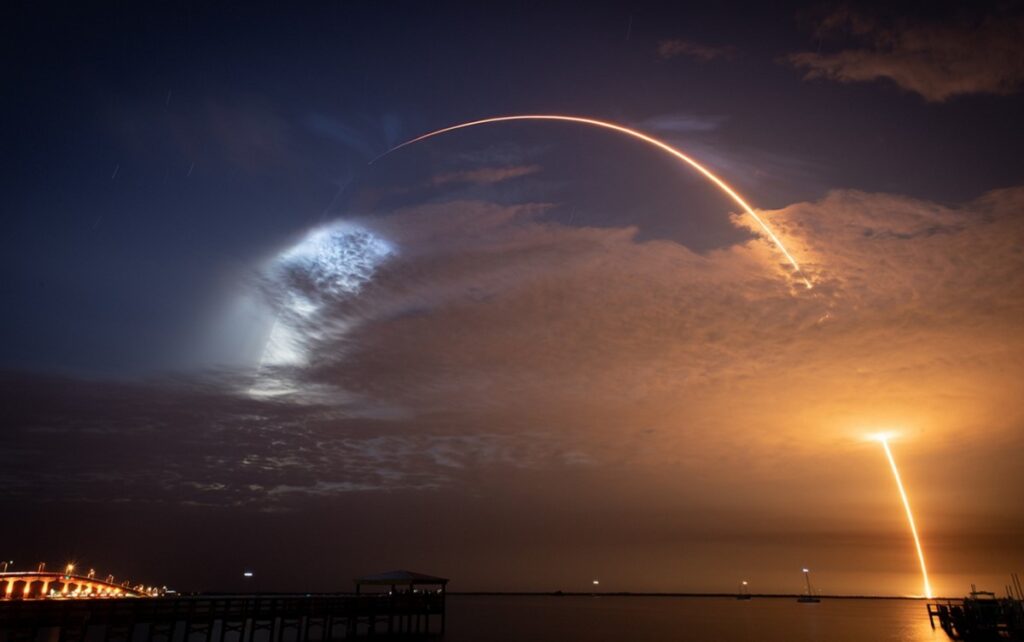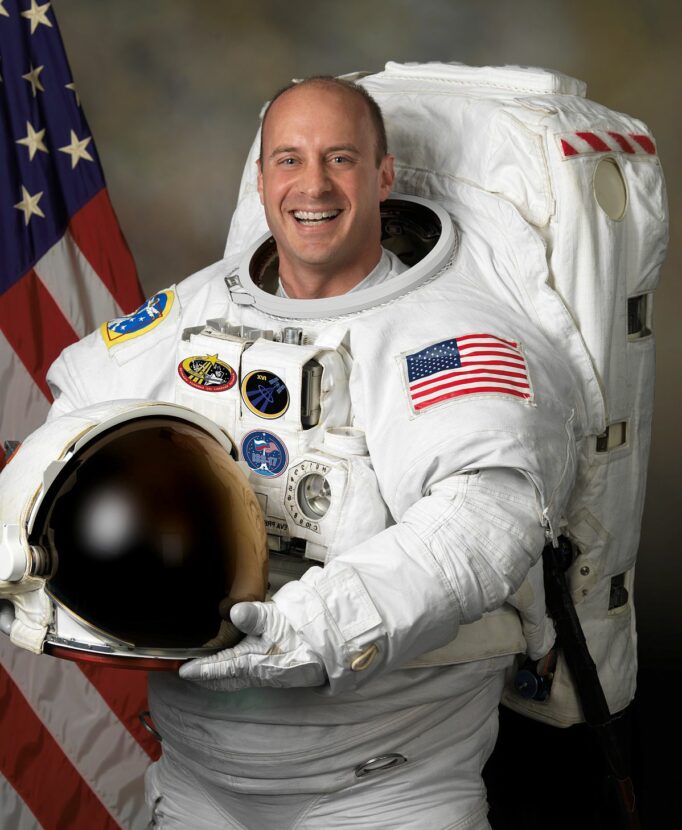The Keys to SpaceX’s Success
Astronaut and Senior Advisor at SpaceX, Garrett Reisman has a unique perspective on Elon Musk’s SpaceX. As the sole American provider of astronaut launches to the International Space Station, SpaceX has disrupted the entire aerospace industry, becoming a $180 billion company. Reisman shares the four tenets of the company’s success.

The silence was so awkward that something had to be done, so I turned to the only other person sitting in my rental car, Elon Musk. More than a year prior, I decided to stop being a NASA astronaut and join Elon’s start-up, SpaceX, to help the company prepare to fly people on their rockets and spacecraft. In 2008, SpaceX was on the verge of bankruptcy, but today it is the second most valuable private company in the world. Before I tell you more about my conversation with Elon, let me share some of the key lessons I’ve learned from my seven years at SpaceX.
Have a Clear and Compelling Vision
There is an old story that may be apocryphal about President Kennedy visiting NASA shortly after he challenged the nation with his exhortation, “We choose to go to the Moon in this decade and do the other things, not because they are easy, but because they are hard.” The President walked up to a man who was sweeping the floor with a broom and asked him what his job was at NASA. The man replied, “Mr. President, I am helping to put a man on the moon.”
SpaceX has a similarly clear and compelling goal, making life multiplanetary, and this objective pervades the entire organization. In SpaceX’s headquarters, you will find pictures of a terraformed Mars on the wall and employees walking around in T-shirts emblazoned with the slogan “Occupy Mars.” If you ask the barista at the espresso and froyo bar what his job is at SpaceX, he will likely reply, “making life multiplanetary.”
Move Fast
The single biggest difference in how NASA and SpaceX operate is decision speed. At SpaceX, we would routinely make decisions in days that would take years at NASA. SpaceX operates with a sense of urgency driven by their audacious goal of extending human presence throughout the solar system, so it is deemed best to just make a decision and pursue it with alacrity. NASA operated in a similar manner during the Apollo program while we were racing with the Soviets to reach the moon. But making quick decisions runs the risk of making a bad decision which can spell disaster for large and complex engineering projects. SpaceX can survive a bad decision because it has something that NASA today does not enjoy, and that quality is agility.
SpaceX has the ability to quickly fix a wrong decision and immediately pivot to a new approach. This ability, is in large part, due to vertical integration. The overwhelming majority of SpaceX’s vehicles are produced in-house. If a decision needs to be changed it is a relatively simple affair at SpaceX, unlike at NASA and traditional aerospace companies that have multiple tiers of contractors and subcontractors, which are much less able to adapt to rapid change.
Break Things
When you make a quick decision, the fastest way to find out if it was the correct decision is simply to try it out. But quickly building a rocket and launching it to see if it works carries with it a high risk of failure.
SpaceX wanted to make their disposable rockets reusable by turning them around, firing the engines in reverse, entering the atmosphere, and then landing them on their tails just like Buck Rogers. This was a very difficult engineering problem to solve and the first time SpaceX tried to do it the result was a massive explosion, or as we prefer to call it, a rapid unscheduled disassembly. But SpaceX figured out what went wrong, fixed it quickly, and launched again. The result? Another massive explosion. But now we knew what the second weakest link was in the design, and we fixed that too. On the seventh try, it actually worked!
SpaceX has now successfully landed 260 rockets on their tails. But without the freedom to fail, it never would have happened.
Be Determined
A few months prior to that discussion in my rental car with Elon, the TV program ‘60 Minutes’ interviewed me about why I made the decision to leave NASA, and my reply was that if you were an engineer and had a chance to join Howard Hughes at the dawn of a new age of aviation, how could you decline? As soon as those words left my mouth, I realized that I had made a grave error. You see, things didn’t end very well for Howard. I realized that this was my chance to both dispel the silence and correct my error.
I turned to Elon and said, “Hey boss, remember that time when I compared you to Howard Hughes? I just want you to know that I was referring to the young, dashing, starlet-dating Howard Hughes, not the old, decrepit, peeing in jars Howard Hughes. Ha ha.” Elon just stared straight ahead and the silence was immeasurably more awkward.
After what felt like eternity, Elon finally replied, “I don’t think that’s an apt comparison.” Curious, I asked why, and Elon replied that none of Howard’s designs fundamentally changed the way we live our lives today. His H1 Racer set world speed records, but was never mass produced. The Spruce Goose was also a one-off; today we do not send goods across the Atlantic Ocean in giant wooden airplanes.
At this point, I realized that Elon is driven by the need to fundamentally alter the course of human history, and anything short of that is failure. This fixation can be a devastating burden, but it is also the source of Elon’s immense determination and drive.
Events aren’t easy, but working with WSB is. WSB works with thousands of respected influencers, thought leaders, and speakers each year and our experienced sales team is committed to the success of your event. For more astronaut speaker ideas, please contact us.
